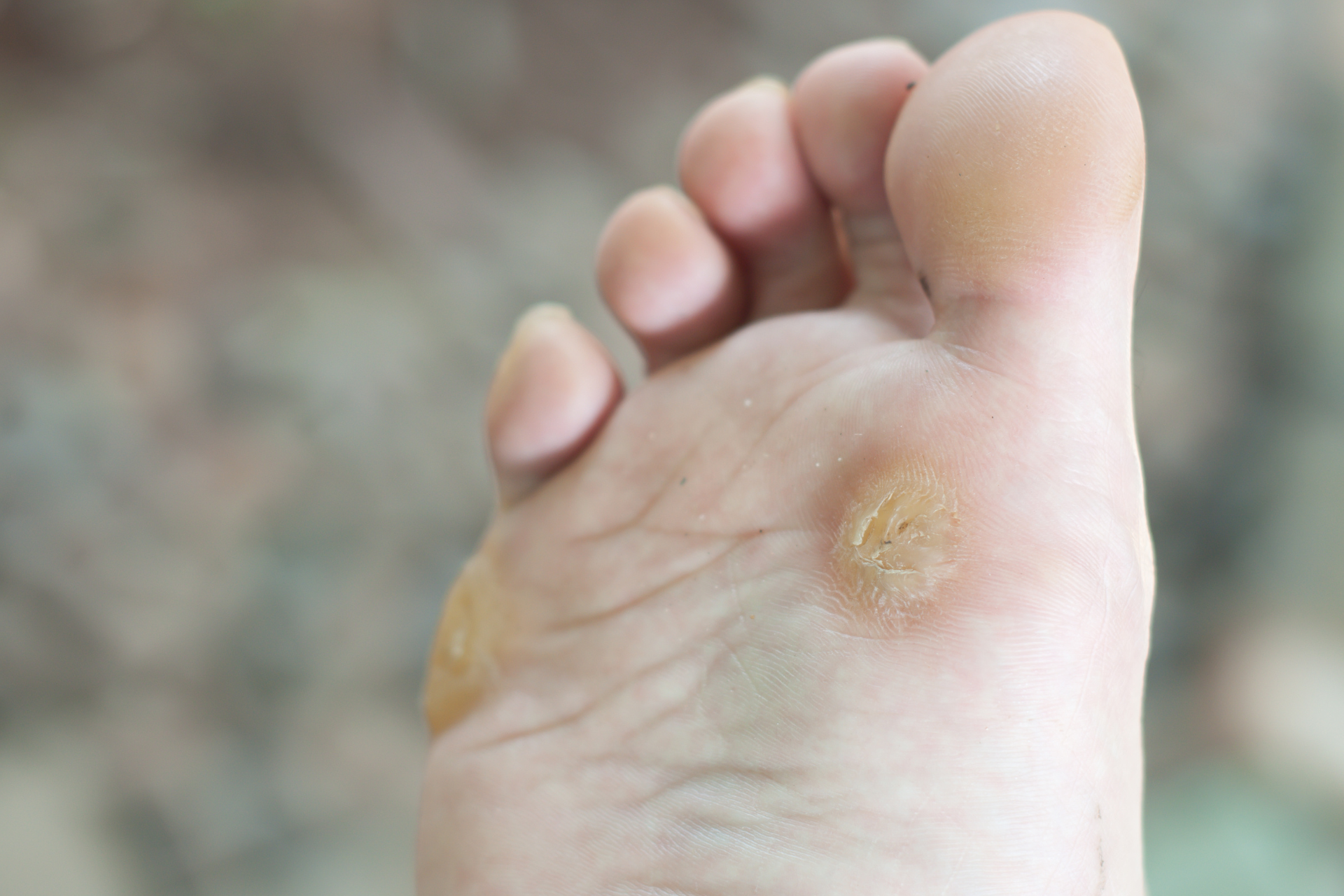What Happens to Warts Without Treatment? Exploring Natural Outcomes

At Fall Creek Skin and Health Clinic, we understand that warts can be a common yet frustrating skin concern for many individuals. While many people seek treatment to remove these growths, it's essential to consider what happens when warts are left untreated. In this blog post, we’ll explore the natural outcomes of warts, providing valuable insights for those who may be considering their options.
Warts are benign growths caused by the human papillomavirus (HPV). They typically appear on the hands, feet, and other parts of the body, manifesting as small, rough bumps. While warts can be unsightly and sometimes uncomfortable, many people wonder what might happen if they choose to let them be rather than pursue treatment.
1. Spontaneous Resolution
One of the most reassuring facts about warts is that they can resolve on their own. The body's immune system often recognizes the HPV infection and mounts a defense, which can lead to the disappearance of the wart. This process can take weeks, months, or even years, depending on the individual’s immune response and other factors. Generally, common warts have a good chance of resolving spontaneously without any treatment.
2. Persistence of Warts
While some warts may disappear on their own, others can persist for a longer time. This is particularly true for certain types of warts, such as plantar warts, which can be painful and might lead individuals to alter their walking patterns. Over time, persistent warts can grow larger, develop additional surrounding warts (known as satellite warts), or even become more embedded in the skin. This persistence can also increase the chance of spreading the virus to others or to different areas of the body, particularly in individuals with weakened immune systems.
3. Changes in Appearance
Untreated warts can undergo changes in appearance. Some may become darker or larger, while others might flatten out and appear less prominent. In some cases, warts can develop more rough patches or cause skin irritation, leading to discomfort or secondary issues like infections, especially if the wart is located in a high-friction area.
4. Potential for Spreading
Leaving warts untreated may result in the spreading of the virus. HPV is highly contagious and can easily be transmitted through skin-to-skin contact or through contaminated surfaces. For children and adults alike, this means that warts can spread to others or lead to the emergence of new warts in different parts of one's body.
5. Emotional and Psychological Impact
Beyond the physical manifestations of warts, there can also be emotional and psychological effects due to their appearance. For some individuals, especially children and teens, warts can lead to self-consciousness, affecting their confidence and social interactions. The decision to leave warts untreated might, therefore, have a more profound impact than just the physical aspects.
In conclusion, while many warts may go away on their own, especially in healthy individuals, others can persist, change in appearance, and potentially spread. If you’re dealing with warts and are uncertain about whether to seek treatment, we encourage you to visit Fall Creek Skin and Health Clinic. Our team of knowledgeable professionals is dedicated to addressing skin-related concerns and providing personalized care for patients of all ages. Remember, your skin health matters, and we are here to help!




